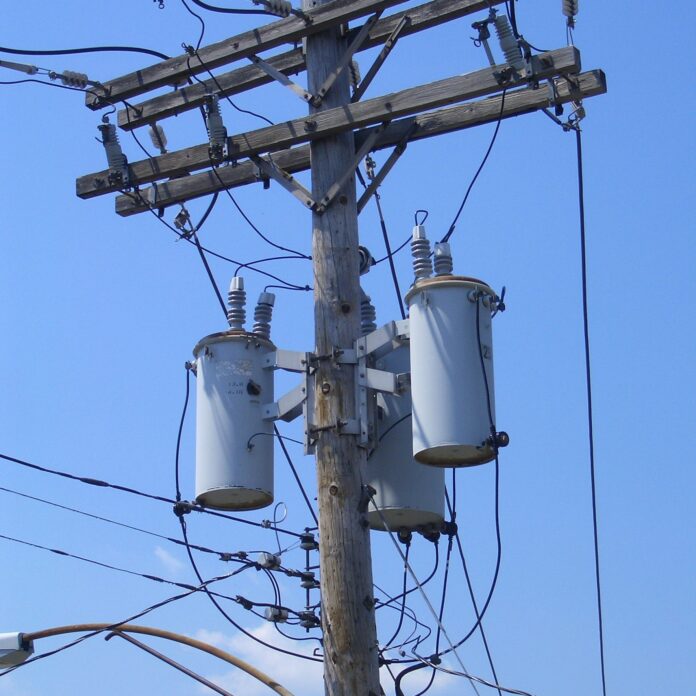Sprint’s small cell rollout has been a hot topic all summer, and even though it has not been announced yet, recruiters and installers are getting ready to move fast. Sprint has confirmed nothing, but hopeful vendors are now expecting the carrier to deploy up to 70,000 outdoor picocells.
Small cells are expected to be the primary focus of Sprint’s network upgrade, with macro network upgrades on the back burner, perhaps until after the next spectrum auction.
Mobilitie is expected to a primary partner for Sprint, charged with securing the sites and negotiating terms for deployment. Deployment of 70,000 outdoor small cells would require the acquisition of roughly the same number of discrete sites. Operators typically look for utility poles, lamp posts, church steeples and other structures that rise above most roof levels. Most sites will require zoning, permitting and negotiations with municipal authorities.
In addition, Mobilitie may fund some portion of the Sprint deployment, according to analyst Jennifer Fritzsche of Wells Fargo Securities. Mobilitie, a privately held company, declined to comment. Fritzsche said that while the financing model is unclear, the expectation of a small cell focus is very strong.
“Small cells is clearly a large focus,” said Fritzsche. “Seventy thousand seemed to be the whispered about number [and] that is confirmed by several sources I have talked to. It seems like it could be Mobilitie as the winner of this contract. … It is a big number and we know that [Sprint Chairman Masayoshi] Son has had luck with small cells and it’s an important part of his Japanese focus with Softbank, so I think what he’s trying to do is mirror that here.”
Softbank, which owns 78% of Sprint, has already deployed a small cell network in Japan. The company’s hyperdense network uses cloud-controlled base stations no bigger than a suitcase, packing in as many as 150 per square kilometer in Japan’s largest cities. Softbank has also installed thousands of small cells on post offices throughout rural Japan, using satellite backhaul.
Network densification makes sense for Sprint given its ownership structure and its spectrum position. Sprint owns spectrum in the 2.5 GHz band that it’s just now putting to work, and this high-band spectrum is most suitable for deployments in dense urban areas. High-band spectrum does not support signals that must travel long distances because higher frequencies mean shorter wavelengths.
In addition to Mobilitie, Nokia and Airspan have been named as potential Sprint vendors for its small cell rollout. Airspan has developed outdoor small cells that are optimized for pole-mounted deployments and that leverage a virtualized radio access network. Nokia’s Flexi-Zone microcell/picocell base stations support the most common LTE bands and support integrated Wi-Fi.
Follow me on Twitter.

